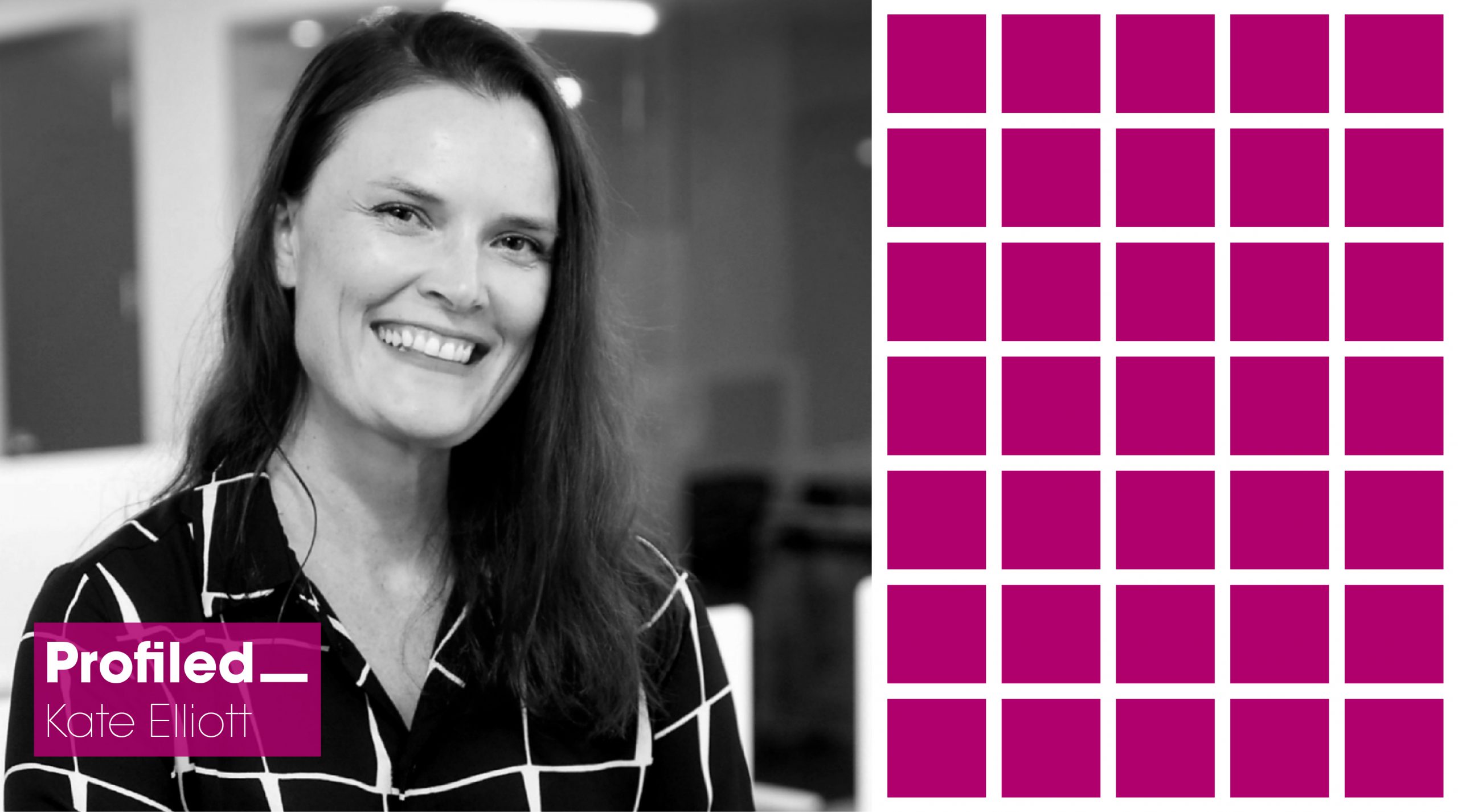Remote Nation Profiled: Kate Elliott

Kate Elliott is a regional manager of charging for Tesla, working with a team expert in siting, designing, building and operating the infrastructure that the general public can use to charge electric cars.
Team members spend most of their time on their own in the field, yet they need to work closely together. Kate’s priority is building connections between team members and ensuring they have the resources they need even when they aren’t in the same location. The team has offices in a co-working space as an option for when members aren’t in the field.
How do you use the central office when the team spends so much time on the road?
It’s a focal point for us. There is only so much time you can spend as a lone wolf. This is a point of connection where field operators can come home and charge their batteries.
How do you schedule your time?
My pattern is to work from home predictably on Mondays and Fridays. On the other days, when I’m not traveling, I go to the office. I’ve stacked my recurring meetings on Mondays. These are for project review, pipeline management and talking through the strategy for the week. I do that from home because it’s quiet and I can concentrate. On Fridays, I have back-to-back meetings with my direct reports, most of whom don’t live near me.
What’s your biggest challenge?
I don’t want people to feel that they’ve been cut loose and have to face challenges on their own. We spend a lot of time worrying about whether projects are being held up by variables we can’t control, and we need to spend time as a team brainstorming on how to overcome obstacles. If one member of the team has a challenge, then we all take it on. We spend a lot of time bringing everyone’s background and expertise to bear in solving problems. That means needing to build in time and ways to make those connections. Fortunately, I work with a team of people who are extremely professional and self- motivated, which makes that easier. Tesla is focused on hiring people who don’t have to be managed in conventional ways. The people on my team are quick to offer to fly or drive anywhere they can be of help. That means, however, we typically don’t start Monday knowing where are going to go that week. We really have to move quickly.
How do you maintain the close knit feel with a dispersed team?
Everyone is so high-functioning and capable that sometimes we may move too fast. The challenge of not being face-to-face all the time is that we may find ourselves unconsciously taking that for granted. There is a compassion that happens naturally when you’re in the same room so when you’re not, you need to find ways to foster it. That means spending some time on the human factor before jumping into business. We have weekly team meetings with no agenda for about 15 minutes to talk about things that have nothing to do with business. Also, I make sure I don’t go more than a month without seeing the whites of people’s eyes. I make plans to see people regularly. I also make time to just be with people while they are doing whatever it is they’re doing. I think it’s important to make connections on a human level.
Another thing we do is to celebrate people. We recognize victories, even the little ones, and make a big deal of them. All these steps along the way are important and it makes a difference for people to know that their work is valued.
Do you have a preference of video or phone?
Most of our meetings are video-enabled, but people don’t always use it. Video connections can be difficult when you’re in the field. I don’t care as long as people are engaged, and my team is.
What channels do you use for communication?
We use a combination of email, phone, messenger, text messaging and WhatsApp. That’s fine by me. Everyone has their preference. As long as I can jam all those apps on my phone, I’m happy to use them. Some people are better with phone or email and some do better with text. To me, there’s no reason to force people to use one way of communicating. If I can reach someone quickly, that’s what matters.
What’s the best advice you’ve received?
Sometimes you have to just show up with no agenda and no plans. Sometimes, you just have to be present. To me, that’s a metaphor for being human and being there and not necessarily worrying about your own ego or what you are individually trying to accomplish.
A glimpse into the lives and spaces of real remote workers at the forefront of a changing work landscape.

